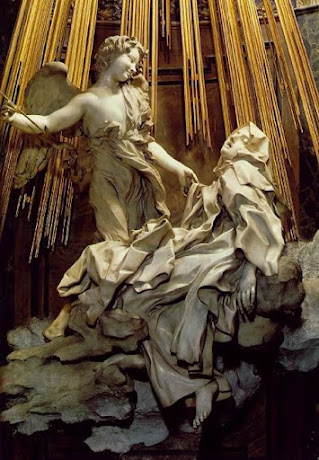About The Piece
The Artist
Sandro Botticelli painted Venus and Mars in 1483 or 1485 during the Italian Renaissance. Sandro Botticelli was a famous artist during the Italian Renaissance. Botticelli began his career painting frescoes for churches and cathedrals in Florentine, and working with Antonio del Pollaiuolo (The National Gallery, London). Later in his career, after apprenticing with Filippo Lippi, Botticelli made connections with different people which lead him to create some of his most popular artworks, such as the painting above called Venus and Mars (The National Gallery, London).
The Painting
This painting depicts the goddess of love which is Aphrodite [Venus] and the god of war which is Ares [Mars]. It is believed that Botticelli was inspired by a description of a lost painting written by the Greek poet Lucian during the Second-Century (Carolinarh). This painting depicts many different imageries that stem from Greek and Roman mythology that all come together to express the idea that "love conquers all" (Bagdanov, Kelly). The satyrs that are around the two gods are trying to do playful and sneaky things to wake up Mars from his sleep which further enforces the idea that Mars is in a slumber that is so peaceful he cannot be woken up, even by the rowdiness around him (Bagdanov, Kelly).
Art Elements
Lines
In this painting, Botticelli uses lines to create movement throughout the piece, but the lines that are worth noting are the ones that outline Mars. The use of a line that is somewhat bolder than the rest around Mars and shading helps make his figure stand out more than the rest (Bagdanov, Kelly). This is most likely done to draw the attention of the viewer to him first to gain an understanding of the feelings that the piece is trying to portray.
Value
The use of different tones to create details such as highlights and shadows is heavily used throughout this piece. The most visible example in the painting of this is on the helmet where different shades are used to create a highlight.
Texture
Botticelli does an amazing job creating texture with his brush strokes in several areas of the piece. The wool on the satyrs, the grass in the foreground, and the fabric of the clothing that the two gods are wearing and covered by.
Emotions
This painting brought many different emotions and feelings to me when I first saw it. The first that I noticed was Mars sleeping which made me feel peaceful and a sense of calmness overall. After looking on the other elements to the piece, there is a sense of loudness with all the satyrs scattered throughout the painting, trying to wake up Mars from his peaceful sleep.
Influences
The Medici Family
As explained in the the section The Painting, Botticelli was apprenticed by Filippo Lippi who was an artist that commissioned art for the Medici Family (Villa, Angelica). Through this connection, Botticelli commissioned several pieces for the Medici Family, one of his most famous paintings being his painting The Birth of Venus (Lightbown, Ronald). It is heavily implied that the Medici family also commissioned Venus and Mars due to the presence of orange trees in the background of the painting which was considered an emblem for the Medici dynasty due to "the assonance between the family name and the name of the orange tree, which at the time was 'mala medica'" (Lightbown, Ronald).
Citations
Carolinarh. “Botticelli's Venus and Mars.” The Artistic Adventure of Mankind, 15 Feb. 2021, https://arsartisticadventureofmankind.wordpress.com/tag/botticellis-venus-and-mars/
Lightbown, Ronald W. “Secular Patronage and Works of Sandro Botticelli.” Encyclopædia Britannica, Encyclopædia Britannica, Inc., https://www.britannica.com/biography/Sandro-Botticelli/Secular-patronage-and-works.
Parenti, Daniela. “The Birth of Venus by Botticelli: Artworks: Uffizi Galleries.” The Birth of Venus by Botticelli | Artworks | Uffizi Galleries, https://www.uffizi.it/en/artworks/birth-of-venus#:~:text=It%20is%20highly%20probable%20that,since%20the%20mid%2D15th%20century.
The National Gallery, London. “Sandro Botticelli.” Sandro Botticelli (about 1445 - 1510) | National Gallery, London, https://www.nationalgallery.org.uk/artists/sandro-botticelli.
Villa, Angelica. “From Medicis to Mythologies: How Sandro Botticelli Became One of History's Most Influential Artists.” ARTnews.com, ARTnews.com, 25 Jan. 2021, https://www.artnews.com/feature/sandro-botticelli-who-is-he-why-is-he-important-1234581919/.



Hi Nikkia, excellent blog this week. I really enjoyed the painting you found. Their is so much to pick apart and analyze. The little babies that are half goat seem mischievous and the two humans both have different emotions about them it seems. I really like how there are many elements to pick out and you are able to make a story out of the art piece. Your analysis on the Medici family was very educational. I was not aware the Medici family commissioned Botticelli to make art for them. I thin k this painting also shows some humanism in the emotion and actions of the two people and babies. Keep up the great work.
ReplyDelete